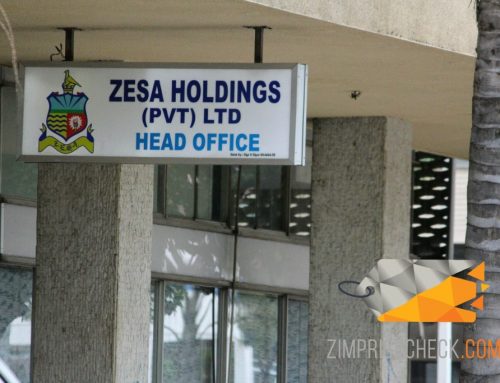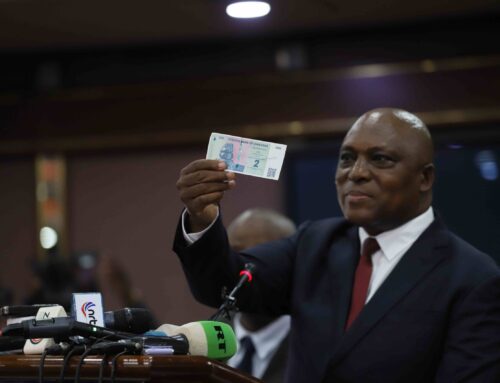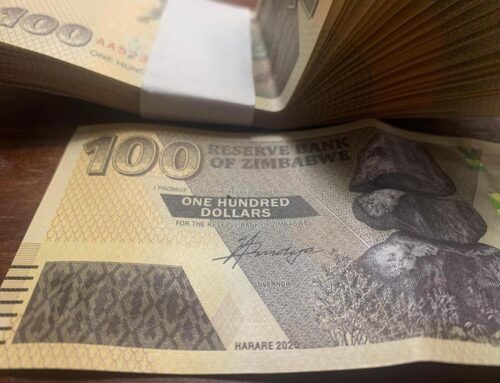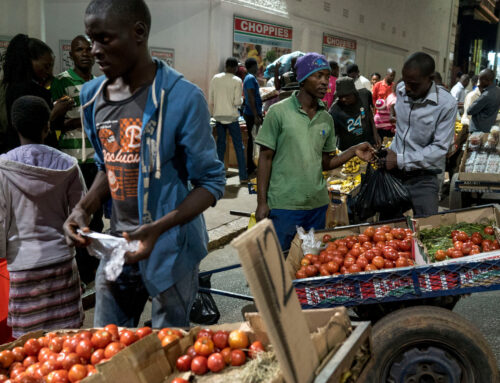Yesterday we wrote a detailed explanation of why parallel market rates had gone down. The simple answer is that the government is withholding a lot of payments to contractors and (for the umpteenth time) because of the much-talked-about Gold Coins. A popular economist and commentator, Professor Gift Mugano has mocked the “stability” the freeze on payments has brought equating it to fasting in order to save food. His sentiments have been echoed by Eddie Cross a former member of the RBZ’s Monetary Policy Committee (MPC).
The current shortfall of domestic supplies of local currency has been due to the measures adopted by the government where the government has halted payment to suppliers of services and goods. The government has also tightened up money supply through the reserve bank.
However this is not going to be long lived, the government has to return to meeting its obligation of paying contractors and suppliers, and it is in the process of doing that. Once these payments resume we are going to see a resumption of activity on the parallel market for the local currency.
Eddie Cross Fomer MPC member
Why is the government doing this?
The Zimbabwean government is caught between a rock and a hard ,place. On one hand the government has an insatiable appetite for money which it needs to fund its various infrastructure projects such as road building and dam construction. There are many ways the government could have funded these projects but it seems they settled upon “free money” which they get by printing and paying contractors working on these projects. On the other hand, thanks to an increase in money supply the Zimbabwean economy is in a dire crisis. Inflation shot past the 200% mark and the Zimbabwean dollar is now the worst performing currency in the world. If they keep printing inflation will keep rising and the Zimbabwean dollar will keep losing value. If they do not print they have to abandon their mega-projects most of which are unfinished.
Rather than institute genuine need reforms on the financial sector as demanded by canon laws of economics the government has decided on a risky gamble that will almost certainly fail. They have decided to play the juggler. The government seems to be oscillating between paying contractors and trying to tame runaway inflation driven by the runaway rate. You can expect the government to yoyo between these two modes in the coming months. Right now we are in the not paying contractors phase while we try to tame inflation but soon those payments will come and the rate will rise again. Then the government will probably freeze payments again and so on.
How do we know this? It is because this has been happening for years right before our eyes. During the past few years, the government has frozen the accounts of “currency manipulators” by order of the RBZ’s Financial Intelligence Unit (FIU). Those accounts belonged to the same contractors whose payments have been frozen since August. Each time this happened the rate would simmer down. The only difference between the freezes back then and now is that this time around the government was more desperate to slow things down and acted with more urgency. They went to the source and turned the top off. No one seriously thinks they will not resume payments soon enough.
Liberate the market
Again the reason for all the chicanery is because the government is looking for free money to spend. They do not want to pay a fair cost of capital and would rather institute an invisible tax in the form of money printing. All the current problems will be solved by liberalising the market and letting the rate be guided by market forces instead of by decree. The truth is none of this is likely to happen soon although it will probably eventually happen. For now, you can expect a few more statutory instruments before they throw in the towel and decide to play by the rules. When that will be? No one knows. Only time will tell.








Leave A Comment